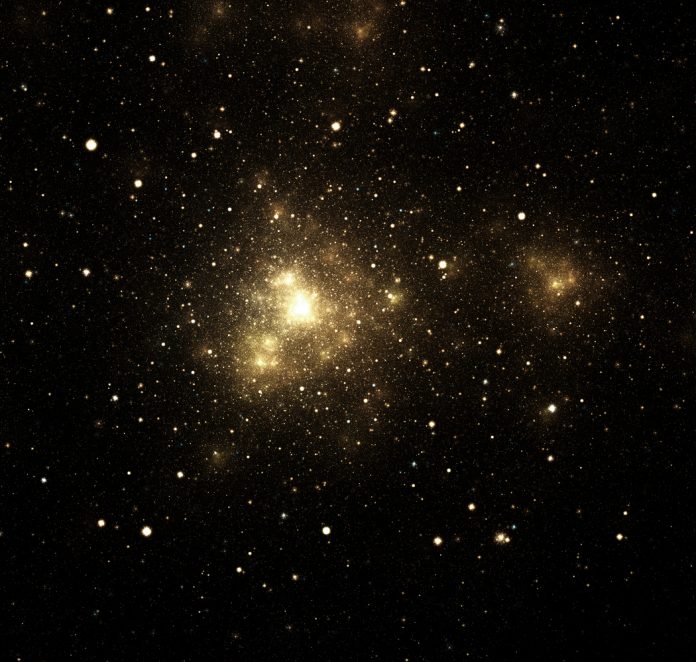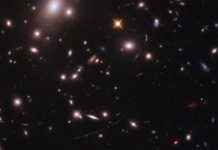Researchers at Curtin University have discovered a rare dust particle trapped within an ancient extraterrestrial meteorite
The study looks into presolar grains, little remnants from stars predating our solar system. As Dr Nevill describes them, these cosmic time capsules provide a window into their parent stars’ evolutionary journey.
What are presolar grains?
Tiny particles that originated long before our sun can appear in meteorites, although meteorites usually comprise materials formed in our solar system.
These tiny particles, also known as presolar grains, can be analysed to discover whether they are relics from other stars.
Atom probe tomography
Dr Nevill and her team analysed the particle using an atom probe tomography technology, solving its atomic composition and revealing clues to its extraterrestrial origin.
Dr Nevill explains: “Material created in our solar system have predictable ratios of isotopes – variants of elements with different numbers of neutrons. The particle that we analysed has a ratio of magnesium isotopes that is distinct from anything in our solar system.
“The results were literally off the charts. The most extreme magnesium isotopic ratio from previous studies of presolar grains was about 1,200. The grain in our study has a value of 3,025, which is the highest ever discovered.”
This ratio, Dr Nevill explains, points towards a rare spectacle, the birth of the particle within a hydrogen-burning supernova, a type of star only recently discovered by astronomers.
Dr David Saxey, the co-author from Curtin’s John de Laeter Centre, emphasises the significance of their findings, noting that using atom probe technology has pushed their understanding of astrophysical phenomena and analytical techniques to extreme heights.
“The atom probe has given us a whole level of detail that we haven’t been able to access in previous studies,” Dr Saxey remarks.
A new understanding of the Universe
Professor Phil Bland, another co-author from Curtin’s School of Earth and Planetary Sciences, explains the impact of their research, emphasising its role in explaining cosmic events beyond our solar system.
“Studying these rare particles embedded within meteorites offers us a glimpse into the mysteries of the Universe. The ability to connect atomic-scale measurements in the lab to the discovery of a novel type of star is truly remarkable,” Professor Bland states.
Editor's Recommended Articles
-
Must Read >> Space exploration and the nature of the divine














